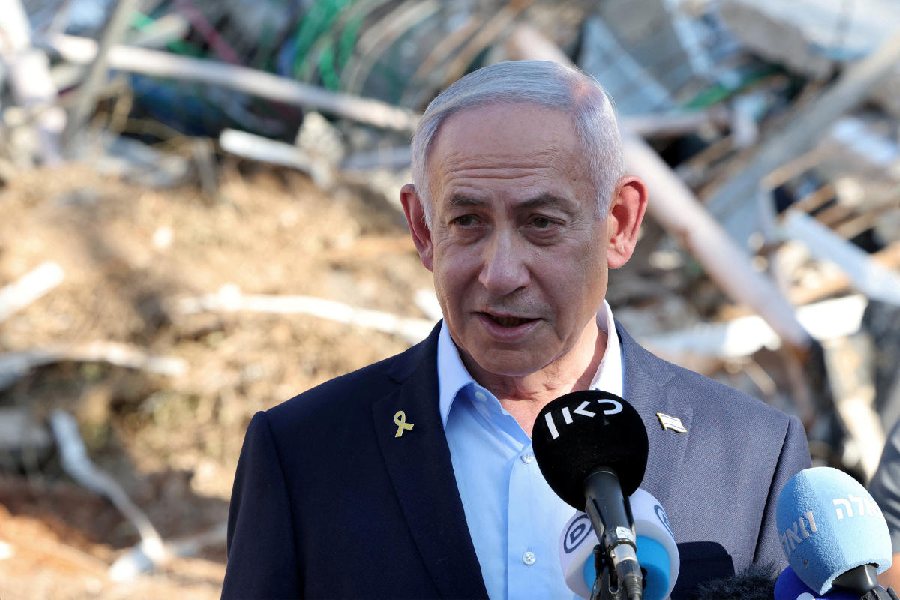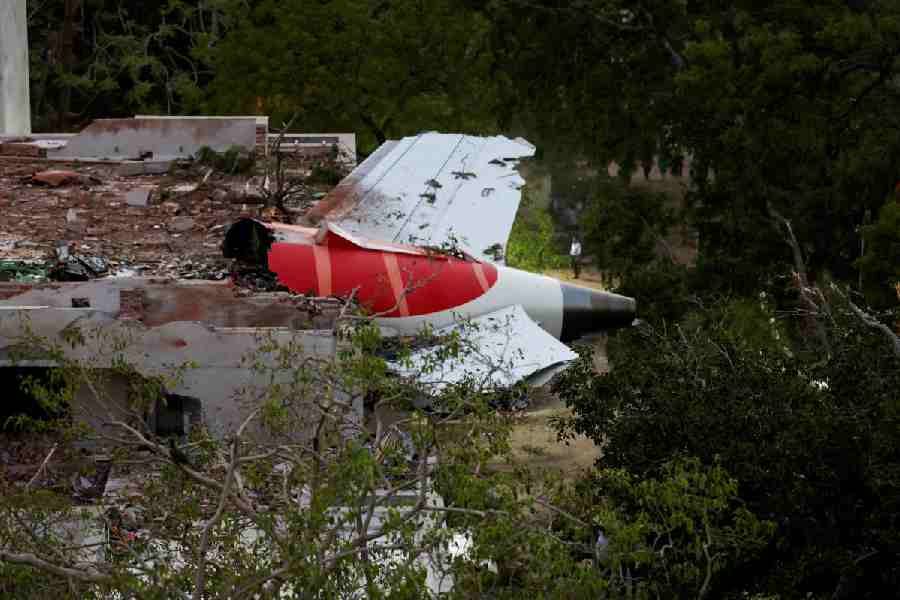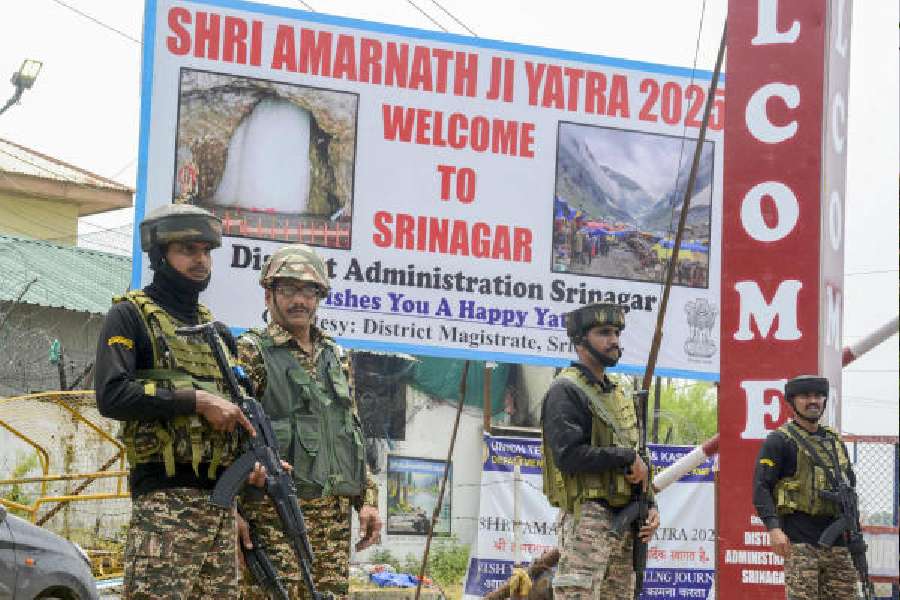|
|
| Undying interest |
A Difficult Friendship Letters of Edward Thompson and Rabindranath Tagore 1913-1940 Edited by Uma Das Gupta, Oxford, Rs 445
An eagerness to communicate and understand does not make a meeting of cultures any the easier. “This meeting of the races affords the greatest of all problems that men have ever been asked to solve,” wrote Rabindranath Tagore to C.F. Andrews in 1920. Yet the belief that “it does matter whether East and West care for each other”, as Edward Thompson wrote in 1926 in the preface to his book, Rabindranath Tagore: Poet and Dramatist, could ultimately sustain one of the most troubled friendships between two extraordinary and uncompromising men, Tagore and Thompson, through one of the most crucial periods of India’s history.
Three stories emerge out of the collection of letters exchanged between Tagore and Thompson between 1913-40. The ups and downs of the friendship — Tagore’s changes of mood, his warmth and cooperation alternating with irritation or elusiveness, Thompson’s disappointment, admiration, hurt, exasperation, dogged patience and confidence in both Tagore and his own judgment — of course occupies the central space.
But no less important is the story of Thompson himself. It is a gripping narrative of how his bond with India gradually grew inescapable in spite of his early efforts to shrug it off. The son of Wesleyan Methodist missionary parents, and a missionary himself in Bankura from 1910 to 1922, with a break for service in World War I, his love for Bengali literature and language was an established fact by the time he returned to England in 1923 as lecturer in Oxford to teach Bengali to Indian Civil Service probationers going to Bengal. But that is only half his story. After the Jallianwala Bagh massacre in 1919, Thompson’s attitude to the entire relationship between Britain and India underwent a change. From that point on, Thompson was as deeply involved in Indian politics as with Indian, especially Bengali, literature, a double bond that deepened his understanding of Tagore.
The other story is Tagore’s. His responses to his reputation in the West, his difficulties with Thompson’s criticism and his gradual appreciation of Thompson’s understanding and acuity, the conflict between his public persona and intensely reflective private, poetic self, his devotion to Santiniketan, his arrogance and his deep humility, and his dream of freedom of the mind that he shared with Thompson — although the acknowledgment of that came late in the exchange — comprise a fascinating drama all by itself. Around Thompson and Tagore are other personalities, Prasanta Chandra Mahalanobis, the strongest link between the two, Nehru, who had a deep regard for Thompson, Rothenstein, Yeats, Andrews, Brajendra Nath Seal and many others. This is a whole world of difficult exchanges, full of misunderstandings and magnanimities, yet always informed by the unswerving faith in enrichment through cross-cultural understanding.
All the stories are woven together in the lucid and rich introduction. It is a complicated history, and Uma Das Gupta’s careful segmentation within the introduction helps the reader separate the strands from one another. The core dialogue offers an entry into the intricately nuanced relationship between the colonizer and the colonized, in which discourse is often simultaneous rather than reactive, in which no simple formula of statement and response will suffice. It is rather symbolic that the series of letters does not represent a regular or punctual correspondence: some letters have not been preserved, there are odd gaps in which replies have to be assumed. It is the editor’s occasional headnotes that help link together this enigmatic and exhilarating tale.











